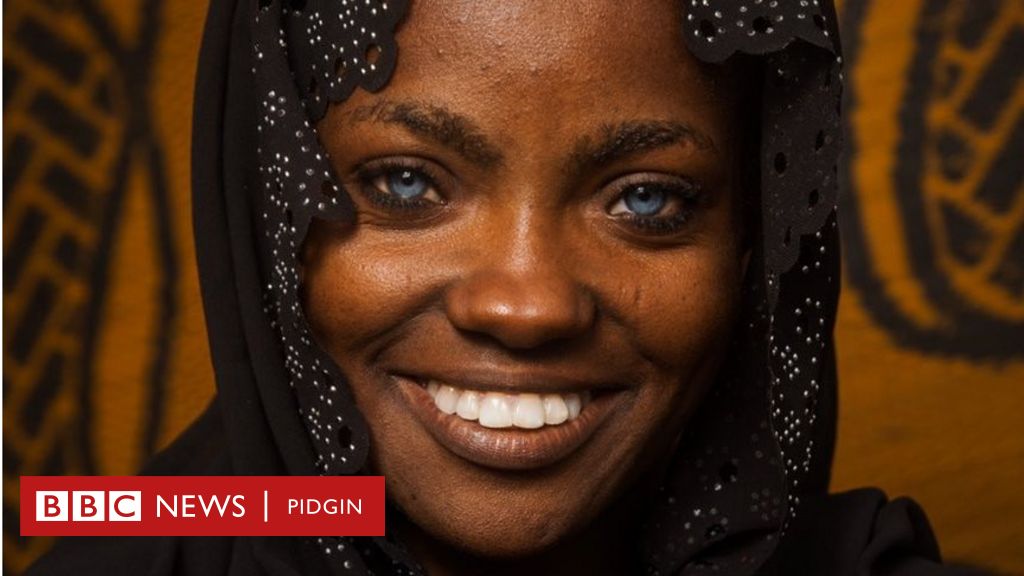Unraveling the Mystery: How Some Indians Have Blue Eyes
Unraveling the Mystery: How Some Indians Have Blue Eyes

The captivating blue eyes that adorn some individuals of Indian descent often spark curiosity and raise questions about their genetic origins. While India is renowned for its diverse population with a spectrum of skin tones and features, the presence of blue eyes in certain individuals might seem like an anomaly. However, understanding the complex interplay of genetics, history, and evolution can shed light on this intriguing phenomenon.
The Science Behind Eye Color:
Related Articles: Unraveling the Mystery: How Some Indians Have Blue Eyes
- The Richest Tribe In The World: A Look At The Bling Empire Of The UAE’s Bedouins
- Unveiling The Wealth Of Indigenous Nations: Exploring The Richest Indian Tribes In The United States
- The Blue-Eyed Mystery: Unveiling The Genetics Behind Indian Eye Color
- The San Manuel Band Of Mission Indians: A Legacy Of Resilience And Prosperity
- Unveiling The Wealth Of Indigenous Cultures: Top 10 Richest Tribes In The World
Eye color is determined by the amount and distribution of melanin, a pigment found in the iris. Melanin is produced by melanocytes, specialized cells within the iris. Individuals with high levels of melanin have brown eyes, while those with low levels have blue eyes. The presence of other pigments, like lipochrome, can also contribute to eye color variations.
The Genetic Basis of Blue Eyes:
The inheritance of eye color is a complex trait influenced by multiple genes. However, a specific gene, known as the OCA2 gene, plays a crucial role in determining blue eye color. The OCA2 gene codes for a protein called P protein, which is involved in the production of melanin. A mutation in this gene, specifically within the region called the HERC2 gene, can significantly reduce melanin production, leading to blue eyes.
The Role of History and Migration:
The blue eye gene is believed to have originated in Europe, where it spread rapidly due to selective pressures and genetic drift. The migration of people from Europe to other parts of the world, including India, introduced the blue eye gene into new populations. This gene was then passed down through generations, leading to the presence of blue eyes in certain individuals of Indian descent.
Historical Evidence and Genetic Studies:
Historical records and genetic studies provide evidence of the migration of people from Europe to India. For example, the Indo-Aryan migration that occurred around 1500 BCE brought people from the steppes of Central Asia to the Indian subcontinent. These migrants carried with them genetic material, including the blue eye gene.
Genetic Drift and Founder Effect:

Genetic drift is a random process that can lead to changes in the frequency of genes within a population. The founder effect is a specific type of genetic drift that occurs when a small group of individuals migrates to a new location and establishes a new population. This founder population may have a limited gene pool, and certain genes, including the blue eye gene, may become more prevalent in the subsequent generations.
Variations in the Indian Population:
The presence of blue eyes in India is not uniform across the population. Certain communities, particularly those with historical connections to European populations, are more likely to have individuals with blue eyes. These communities may include:
- Parsi community: The Parsis are a community of Zoroastrian descent who migrated from Persia to India in the 8th century CE. They have a higher prevalence of blue eyes than other Indian communities.
- Anglo-Indian community: The Anglo-Indians are a community of mixed European and Indian ancestry. Their gene pool reflects the historical interactions between Europeans and Indians, leading to a higher frequency of blue eyes.
- Communities in North India: Some communities in North India, particularly those located near the Himalayas, have a higher prevalence of blue eyes. This could be attributed to historical migrations from Central Asia and the influence of genetic drift.
:max_bytes(150000):strip_icc()/GettyImages-475171939-d378a1ff535344908bcf291e7546a112.jpg)
Beyond Genetics: Cultural and Social Factors:
The presence of blue eyes in India also reflects cultural and social factors. In some communities, blue eyes are considered attractive and desirable, leading to a preference for partners with this trait. This social preference can further enhance the prevalence of blue eyes within certain groups.

The Importance of Diversity:
The presence of blue eyes in India is a testament to the diversity of the human population. It highlights the complex interplay of genetics, history, and cultural factors that shape human traits. Embracing diversity and appreciating the unique characteristics that make us all different is essential for fostering a harmonious and inclusive society.
FAQs about Blue Eyes in Indians:
1. Are blue eyes common in India?
No, blue eyes are not common in India. They are more prevalent in certain communities, particularly those with historical connections to European populations.
2. Can Indians have blue eyes without any European ancestry?
It is possible for Indians to have blue eyes without any direct European ancestry. The blue eye gene could have been introduced through historical migrations or through gene flow between different communities over time.
3. Can blue eyes be a result of environmental factors?
While environmental factors can influence the appearance of eye color, they do not directly change the underlying genetic makeup. Blue eyes are primarily determined by the genes inherited from parents.
4. Is there a connection between blue eyes and certain health conditions?
While blue eyes are not directly linked to any specific health conditions, certain genetic conditions associated with blue eyes can have health implications. For example, Waardenburg syndrome, which can cause blue eyes, is associated with hearing loss and pigmentation abnormalities.
5. How can I determine the origin of blue eyes in an individual of Indian descent?
Determining the origin of blue eyes in an individual of Indian descent can be complex. Genetic testing can provide insights into an individual’s ancestry and the presence of specific genes associated with blue eyes. However, it is important to remember that genetic ancestry is not always straightforward and can be influenced by multiple factors.
Conclusion:
The presence of blue eyes in some individuals of Indian descent is a fascinating example of how genetics, history, and cultural factors can shape human traits. While the blue eye gene originated in Europe, it has spread to other populations through migrations and genetic drift. Understanding the complex interplay of these factors allows us to appreciate the diversity and beauty of the human population.

Closure
Thus, we hope this article has provided valuable insights into Unraveling the Mystery: How Some Indians Have Blue Eyes. We appreciate your attention to our article. See you in our next article!


